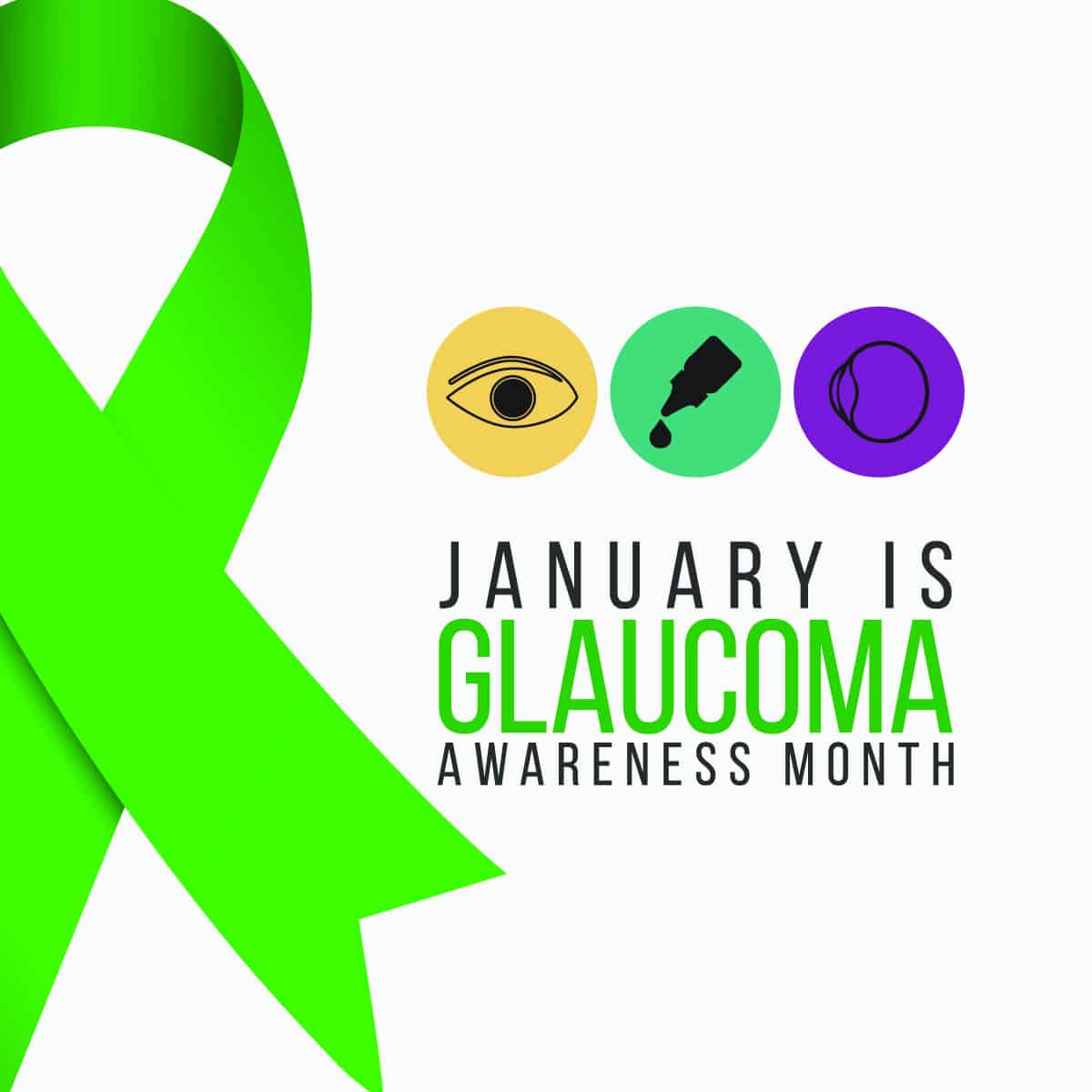
January is Glaucoma Awareness Month, and our board-certified ophthalmologists at Austin Eye want you to understand the risk factors for this eye disease.
Glaucoma is one of the leading causes of blindness. The most common form, open-angle glaucoma, begins with undetectable symptoms. In fact, half of all people living with glaucoma have no idea they have the eye disease. The only way to diagnose glaucoma early is with comprehensive dilated eye exams.
There is no cure for glaucoma and no way to restore lost vision, so early diagnosis and treatment are your best hope of protecting your eyes. At Austin Eye, our eye doctors use advanced technologies and the latest techniques and standards for diagnosis and treatment of eye diseases and conditions. Schedule a comprehensive eye exam to discover more about your eye health.
Who Gets Glaucoma?
While anyone can develop glaucoma, people over 60 years old, African Americans over 40 or those with a family history of glaucoma have a higher risk than other individuals. Hispanic or Latino people are also more at risk for glaucoma.
Certain medical conditions, such as high blood pressure, low blood pressure and type 2 diabetes mellitus, can increase your likelihood of developing this eye disease. Myopia, or nearsightedness, is another risk factor.
Open-angle glaucoma is hereditary, so discussing eye health with your family is crucial to learn more about your likelihood of vision loss. Many people are unaware of their family history or risk level for glaucoma until it’s too late.
Getting regular eye exams, understanding the risks and maintaining a healthy lifestyle can help you avoid vision loss from glaucoma. Glaucoma Awareness Month gives our ophthalmologists the opportunity to have these discussions with patients and their loved ones, so they’re more aware of their chances of developing glaucoma. This can lead people to schedule a comprehensive eye exam sooner due to their personal risk factors.
How Does Glaucoma Damage Vision?
Vision is possible thanks to several parts of the eye’s anatomy. Light enters the eye through the cornea and lens and is focused onto the retina (light-sensitive tissue that lines the back portion of the eye). Photoreceptors in the retina turn the light into electrical impulses that travel through the optic nerve to the brain. The brain then processes that sensory information into images. Vision loss from glaucoma occurs when increased eye pressure damages the optic nerve.
The optic nerve is a critical component of your vision and an extension of the central nervous system, which also includes the spine and brain. Fluid buildup within the eye caused by glaucoma increases pressure on the optic nerve. Vision loss due to optic nerve damage starts with peripheral vision and eventually causes blindness.
(Glaucoma is not the only eye disease that impacts this essential nerve. Diabetes and high blood pressure increase the risk of glaucoma and optic nerve damage.)
Schedule a Comprehensive Eye Exam To Detect Glaucoma Early
The American Academy of Ophthalmology recommends a baseline eye exam for adults by the time they turn 40. People tend to experience blurry near vision (presbyopia) and other early warning signs of eye disease around this age. These comprehensive dilated eye exams involve an eye pressure check, visual field evaluation and other tests to look for damage inside the eye. People 65 and older should have these exams every one to two years.
Schedule an eye exam at Austin Eye in Austin, Texas, today by calling (512) 250-2020 or filling out our online contact form.







